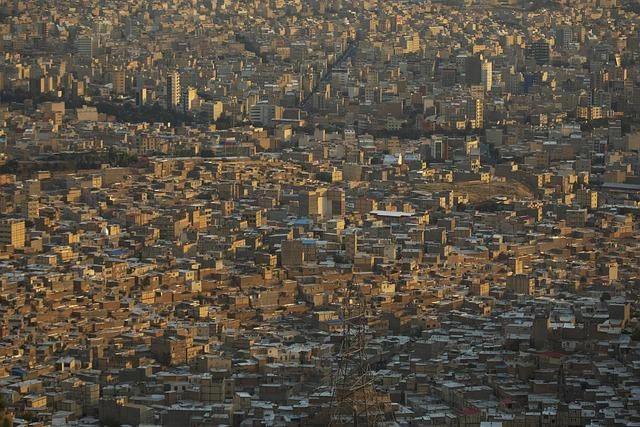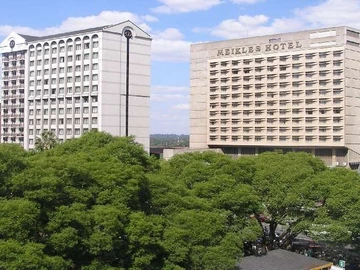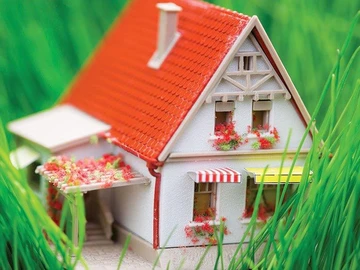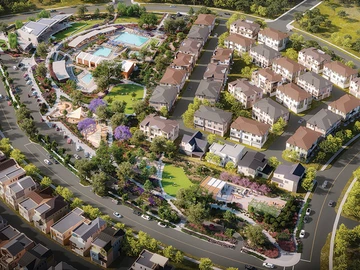Urbanization, the process of population shift from rural to urban areas, has profound effects on local communities, transforming every aspect from social dynamics and cultural preservation to traditional livelihoods. These effects can be both positive and negative.
Changes in Social Dynamics
Urbanization often leads to a more cosmopolitan, diverse society. People from different backgrounds, cultures, and socio-economic statuses converge in cities, leading to a melting pot of ideas, attitudes, and ways of life. This diversity, while fostering innovation and cultural excellence hange, can also lead to social stratification and inequality. Income disparities are often more noticeable in urban areas with the co-existence of high-end lifestyles and slums. Overcrowding, crime, and social tensions can also increase as more people move into cities.
Cultural Preservation
Urbanization can both threaten and enrich cultural preservation. On one hand, traditional customs and ways of life can be eroded as people adopt urban lifestyles, leading to a loss of cultural diversity. Indigenous languages or dialects may also be lost as a national or more dominant language is favored in urban areas. On the other hand, cities can also serve as cultural hubs, preserving and promoting diverse cultures through museums, festivals, and cultural institutions. They provide a platform for cultural exchange and preservation on a larger scale than might be possible in a rural setting.
Impact on Traditional Livelihoods
The shift from rural to urban living often involves a transition from agricultural or artisanal vocations to service- or industry-based jobs. This can lead to job displacement and socio-economic challenges for those who are unable to adapt to the new job market. Traditional skills and crafts may be lost, and rural areas can suffer from depopulation and economic decline.
However, urbanization can also provide opportunities for better jobs, higher incomes, and improved living standards. The growth of industries and businesses in urban areas can drive economic development and innovation, creating new job opportunities. City life also tends to provide better access to public services such as healthcare, education, and social services, which can improve the quality of life for many people.
It's also important to consider the environmental impact of urbanization. Rapid urban development often leads to environmental degradation, including air and water pollution, loss of green space, and increased carbon emissions from transportation and buildings. Urban planning and sustainable development practices are crucial to mitigating these environmental impacts and ensuring the long-term livability and resilience of urban areas.
In conclusion, while urbanization brings about numerous changes and challenges for local communities, it also provides opportunities for growth and development. The key is to manage it in a way that maximizes the benefits while minimizing the negatives, ensuring that all members of the community have the opportunity to thrive in the urban environment.

 Continue with Facebook
Continue with Facebook
 Continue with Email
Continue with Email














